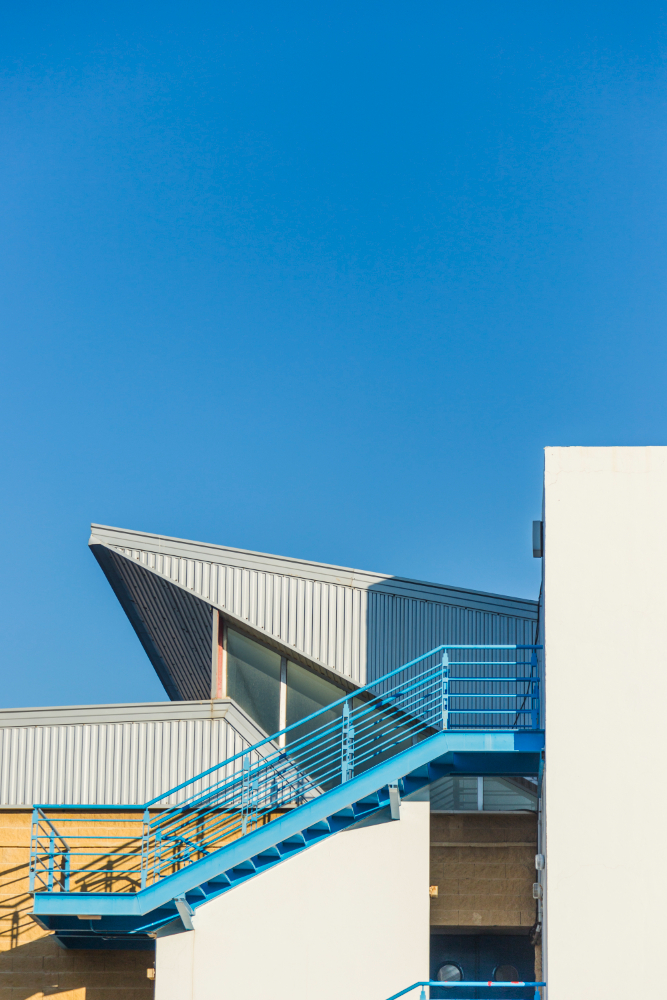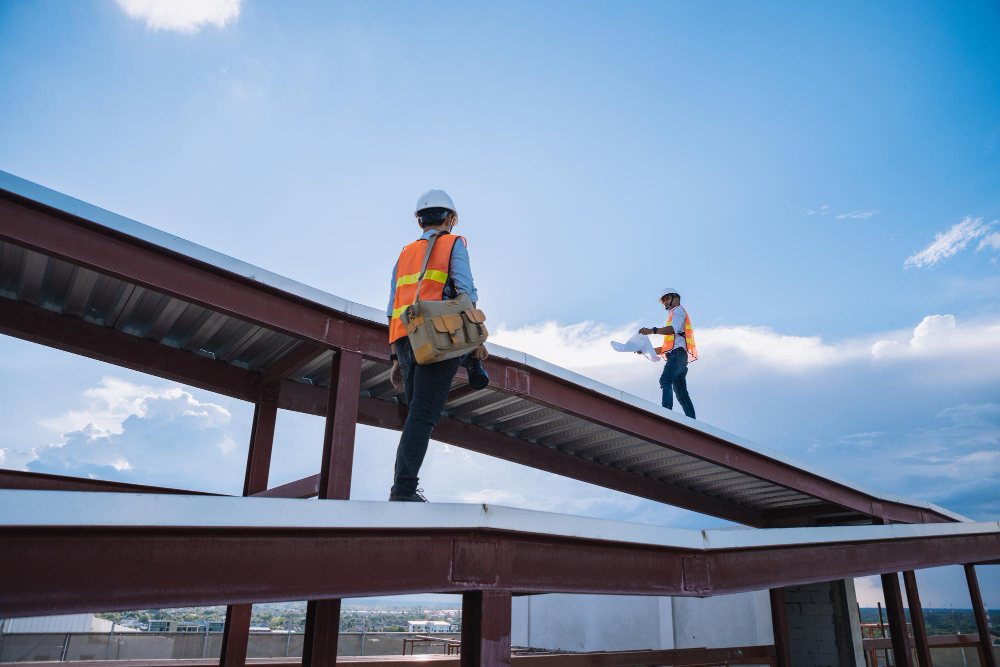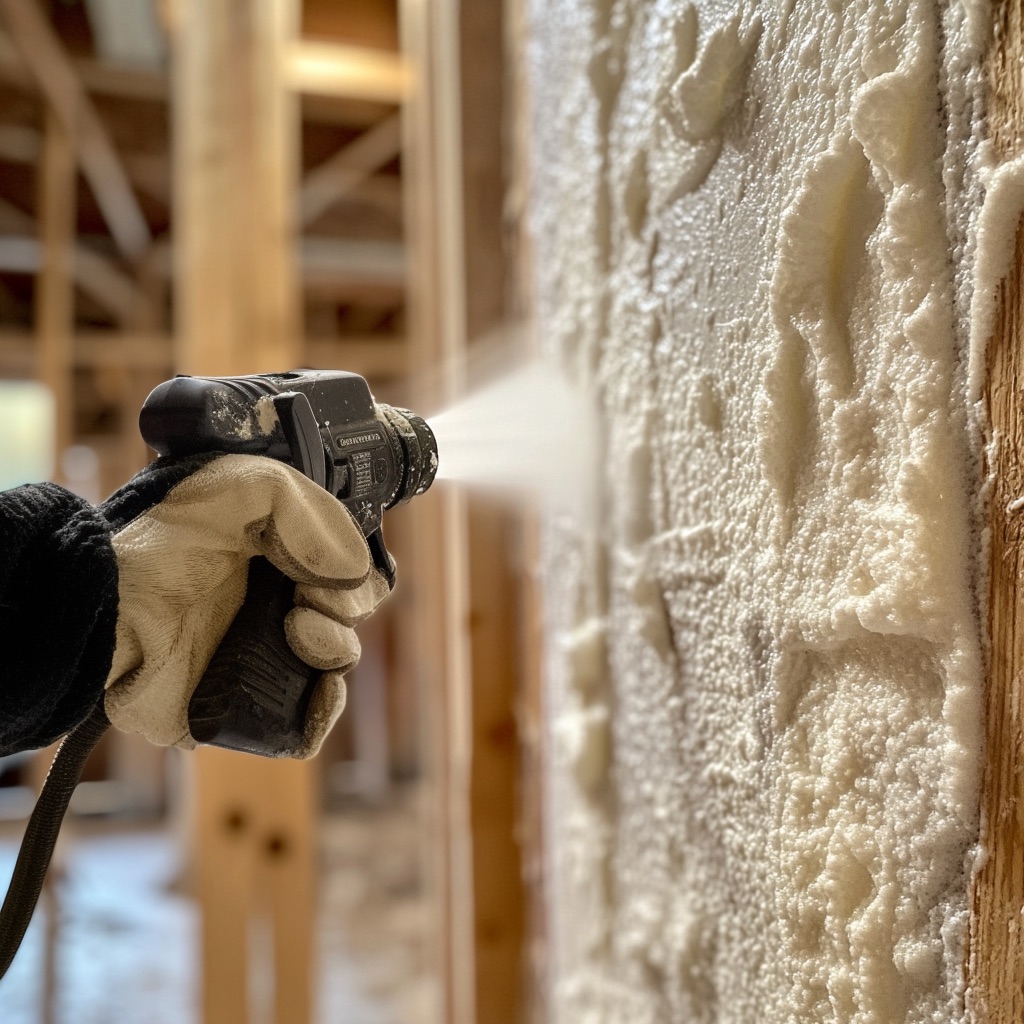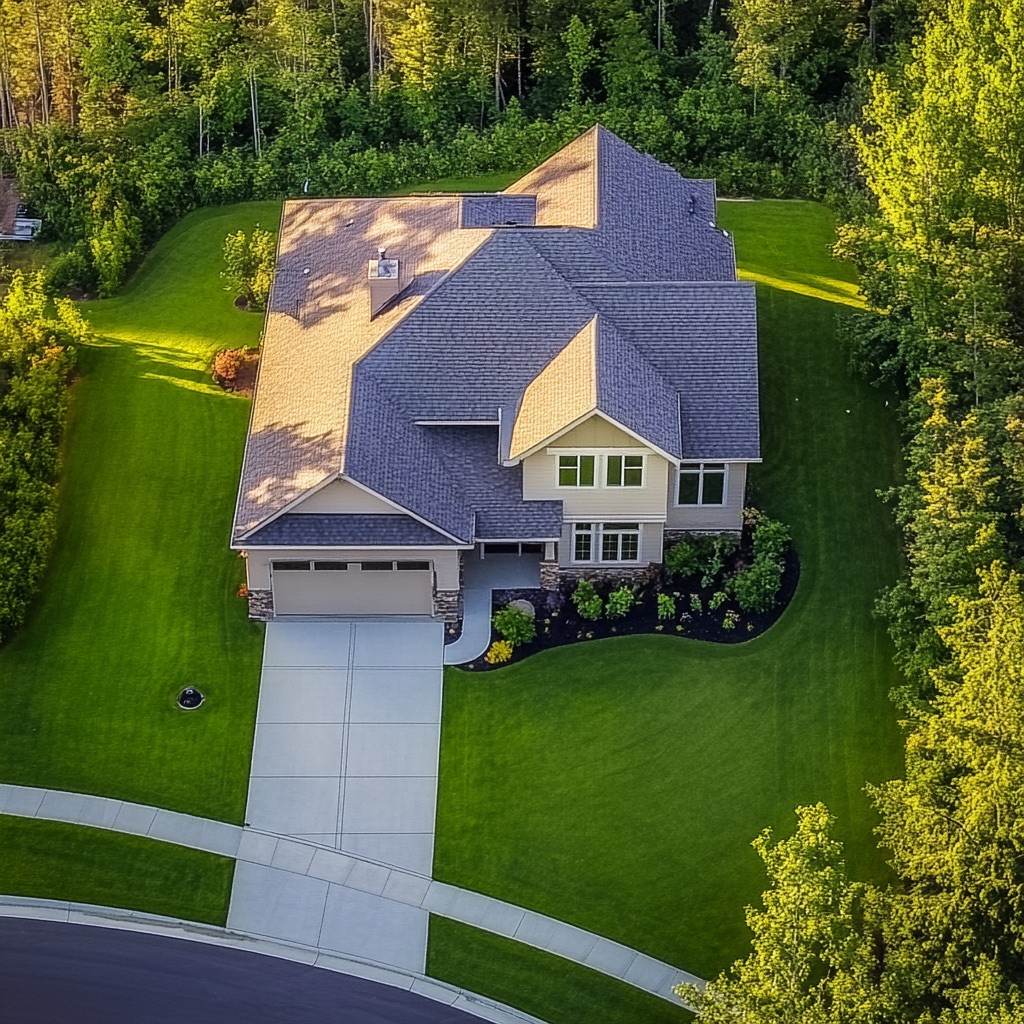When it comes to the architectural integrity of commercial properties, the roofing system reigns supreme as the first line of defense against the elements. But like any architectural feature, commercial roofs are susceptible to wear and damage, which, when left unchecked, can lead to catastrophic outcomes.
In this comprehensive guide, we will walk through a structured approach to tackling urgent roofing issues in commercial settings, ensuring your property remains a fortress through any storm.
Swift Damage Assessment

At the first sign of trouble, a prompt and thorough inspection must be carried out. This involves identifying the immediate area of damage, assessing its severity, and understanding the potential risks it poses to the building and its occupants. It’s vital to document the situation, ideally with photographs or videos, for insurance claims and contractor references.
Temporary Triage Measures
Temporary triage measures are critical to mitigating further damage before professional repairs can be done. Initiating these emergency repairs could involve the application of waterproof roof tarps, or the installation of temporary patches to seal leaks and prevent water ingress.
While these solutions are generally not permanent, they serve as an essential stopgap that protects the building’s interior and structure from immediate harm. It is crucial, however, to use such measures correctly to avoid exacerbating the problem.
This is why detailed guidelines and immediate access to emergency repair kits are indispensable in a commercial property’s maintenance strategy.
The Importance of an Emergency Roofer Contact List

In the high-stakes scenario of a compromised commercial roofing system, having a ready list of qualified emergency roofers is non-negotiable. Establishing relationships with reputable roofing contractors ahead of time ensures you’re not left scrambling during a crisis—a critical factor in prompt and effective response.
For roofing emergencies, these professionals can rapidly assess damage levels, provide urgent repairs, and plan for comprehensive restorations as needed. Building and maintaining this emergency contact list is a strategic move that elevates a business’s resilience, vastly reducing the potential downtime and costs associated with roofing emergencies.
Leak Localization and Mitigation
Leakage is a notoriously common and troublesome issue in commercial roofs. Pinpointing the source of a leak is often more challenging than one might think, as water can travel along various structural elements before manifesting within a property. Implementing strategic water diversion techniques and routine system checks can help mitigate this threat.
For instance, the aftermath of severe weather can reveal significant roof damage. Immediate response to reduce water ingress and further structural compromise is necessary. This could involve securing the affected area, evacuating and protecting equipment, and implementing short-term solutions to minimize business disruption.
Preventing Ponding Water Pitfalls
Ponding water, or standing water that remains on a roof for extended periods, can be symptomatic of a more profound issue within the roofing system. Not only does it present a structural risk, but it can also lead to accelerated deterioration and the growth of hazardous organisms. Effective drainage solutions and swift remediation of this issue are crucial.
A proactive approach to commercial roofing maintenance is always the preferred course of action. Regular inspections, timely repairs, and adherence to a structured maintenance schedule can prolong the roof’s lifespan and head off problems before they become emergencies.
Blueprint Drails
Conducting regular blueprint drills is an essential preparatory measure for minimizing the impact of roofing emergencies. These drills involve the entire facilities team and aim to simulate various emergency scenarios based on the building’s blueprints.
Such exercises can test the effectiveness of communication channels, the readiness of response protocols, and the efficiency of emergency teams in locating access points, shut-off valves, and critical repair equipment. Blueprint drills should be conducted at least twice a year and updated with any changes to the building’s layout or emergency plans.
By making this a regular part of your maintenance strategy, you can ensure that your team is well-prepared to handle any roofing emergency with confidence and efficiency.
Protocols for Contacting External Help
In the event that a roofing emergency exceeds the capabilities of your in-house maintenance team, established protocols for contacting external help are imperative. The procedure should begin with a clear chain of command, designating who in the organization is authorized to make the call for external assistance.
From there, the designated individual should follow a predetermined communication plan that includes contacting the previously vetted emergency roofers from the list. It is vital to provide these professionals with detailed information about the situation, including the damage assessment and any action already taken, to ensure they can respond with the appropriate tools and resources.
Documentation and Reporting
Precise documentation and reporting procedures are imperative in the lifecycle of an emergency roofing response. In the throes of an incident, it is crucial to log every action taken, chronicle the extent of the damage, and record the response times of emergency teams.
This documentation provides an invaluable resource for post-event analysis, insurance claims, and legal accountability. Maintaining a rigorous paper trail not only helps to refine and optimize roofing emergency protocols but also safeguards the interests of the property and its stakeholders.
Implementing a standardized documentation process ensures that each emergency is recorded with consistency and accuracy, facilitating a smoother recovery and reparative process.
The Takeaway
By adhering to the strategies and protocols outlined in this guide, property managers can ensure that they are well-equipped to handle any roofing emergency with promptness and expertise. Constant vigilance, paired with proactive maintenance practices, instills a culture of readiness that can significantly reduce the long-term costs and potential risks associated with roofing emergencies.
While unforeseen incidents are a reality of property management, a methodical and informed approach offers the best safeguard, with the preservation of both the building’s integrity and the well-being of its inhabitants as paramount objectives. Adherence to these principles is not just about emergency response—it is about fostering a foundation for enduring stability and safety.
Recap




